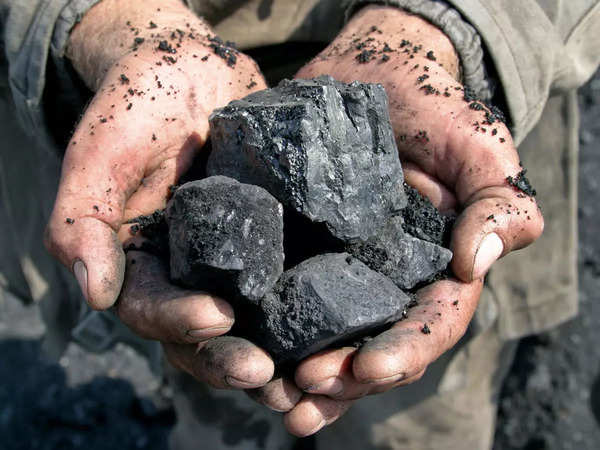Description

Copyright infringement is not intended
Context: On the final day of the UN Climate Change Conference, India’s promised to “phase down” rather than “phase out” the use of coal.
- This caused many to raise questions about India’s commitment to tackling climate change.
Why must dependence on coal be reduced?
- Carbon emissions are considered the main culprit in global warming, countries have been committing themselves to turning carbon neutral by various dates.
- One key way to achieve carbon neutrality, wherein countries compensate for their carbon emissions by capturing an equal amount of carbon from the atmosphere, is to reduce dependence on coal.
- Coal is the most polluting among fossil fuels, and hence, its use in particular has come under scrutiny.
- India, the U.S. and China are three of the largest fossil fuel emitters in the world though India and China are far more dependent on coal than the U.S.
- India refutes allegations on ‘weakening’ Glasgow climate pact
Why is it difficult?
- Coal is used to meet over 70% of India’s electricity needs. Most of this coal comes from domestic mines.
- In FY 2020-21, India produced 716 million tonnes of coal, compared with 431 million tonnes a decade ago. Since FY 2018-19, domestic production has stagnated and has been unable to meet the rising domestic demand, leading to a rise in imports.
- Most of the country’s coal production is limited to Chhattisgarh, Odisha, Jharkhand and Madhya Pradesh with a total production of over 550 million tonnes, contributing to over 75% of the country’s total coal production.
- India promised to increase non-fossil fuel energy capacity to 500 GW by 2030, meet 50% energy needs from renewable sources and reduce carbon emissions by 1 billion tonnes in a decade.
- India now meets about 12% of its electricity needs from renewable sources, and increasing it to 50% by 2030 will be difficult.
Is it fair to ask India to phase out coal?
- India has fought attempts by developed countries to impose a cap on its emissions. It has argued that adopting stringent steps to reduce carbon emissions can drag down growth and affect efforts to reduce poverty.
- It should also be noted that per capita carbon emissions of countries such as India and China are still lower than those of many developed countries.
- According to World Bank data of 2018, India produces 1.8 metric tonnes of carbon emissions per capita against 15.2 metric tonnes produced by the U.S. High-income countries in general emit over 50 times as much carbon as low-income countries and over six times as much carbon as lower middle-income countries.
- India’s commitment to phase down coal and become carbon neutral may actually be a rather generous commitment than what developed countries have committed themselves to.
What lies ahead?
- It is highly unlikely that developing countries like India and China will reduce their coal consumption or even stop it from rising further.
- Coal, is the cheapest and most reliable way to meet their rising energy needs. Further, the pledges made by countries at COP26 to reach net zero emissions or to phase down coal are not legally binding.
- Some leaders have proposed a carbon tax as an alternative to ensure that the price of coal reflects the cost of the damage it causes to the environment.
- This may turn out to be a more effective approach towards reining in carbon emissions. Coal on average is priced at $2, while experts believe that it should be priced in the range of $30 to $70 to reflect its true cost.
- But such high carbon taxes can cause a drastic fall in coal output and severely affect living standards unless alternative sources of energy step in to fill the gap.
- India also faces its own set of structural problems in the power sector that will make the transition towards clean energy harder.
- The pricing of power, is influenced by populist politics which may hinder private investment in renewable energy.
https://www.thehindu.com/sci-tech/energy-and-environment/explained-why-is-indias-coal-usage-under-scrutiny/article37604012.ece












